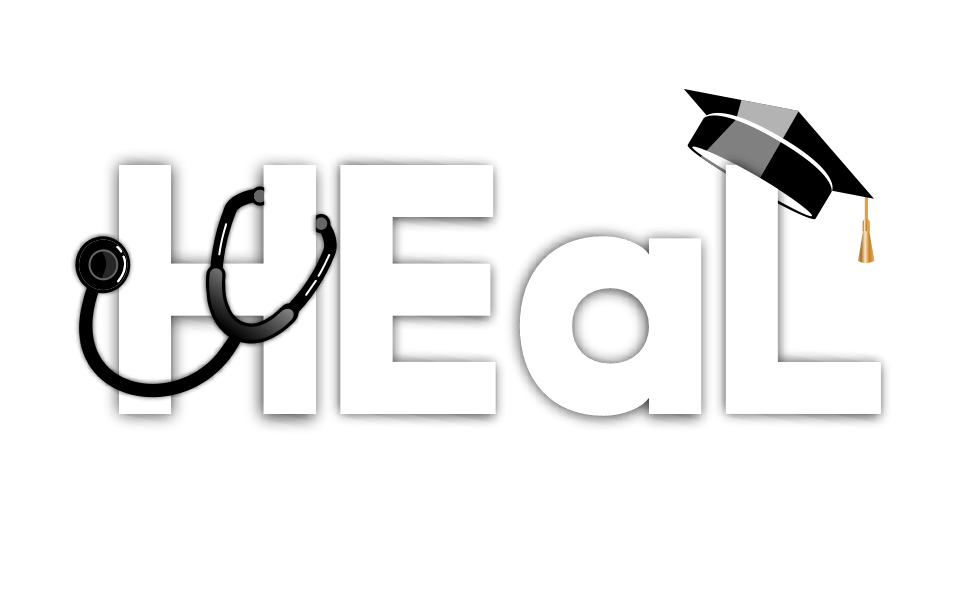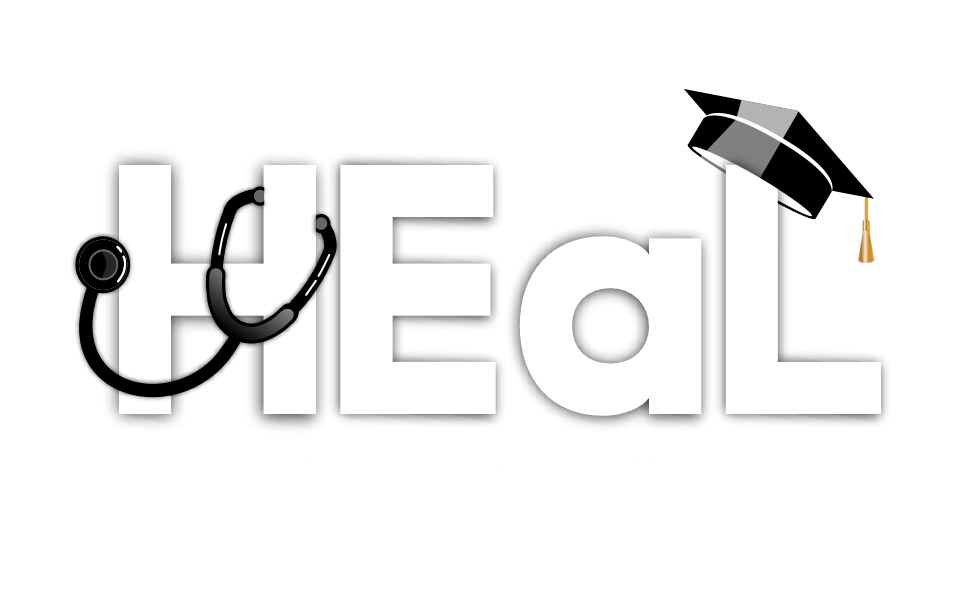We are not oblivious to the rapid advancements in the online learning world. As digitization came into action, many learning institutions and students moved to online platforms to deliver and seek online courses, respectively. Online education has massive popularity in terms of the flexibility and ease of learning it offers. While online education has gained much attention from learners in recent years, it has also received unwanted attention from scammers. It gave them a free hand to create fake online courses, get students’ money, and deliver nothing or low-quality learning material in return.
Keeping that in mind, let’s discuss some ways you can differentiate between online education scams and genuine online learning programs. This way, learners can avoid spending their time, money, and energy on fake universities.
1. Accreditation
Online education has broken every location, time, and age barrier, gaining popularity among learners. However, amidst the hype of online education, learners must pay attention to the accreditation of the online university where they are enrolled. Genuine online institutions are accredited by Council on Higher Education Accreditation (CHEA) or the US Department of Education.
On the other hand, fake universities usually use terms such as internationally approved, authenticated, or sometimes accredited by agencies, which is unacceptable and alarming. Learners ignoring this would end up paying these bogus institutions and receive nothing but a lot of backlogs. Many times, these universities get closed once the payment is obtained from the students.
2. Courses and faculty members
Genuine online universities have a long list of courses offered and faculty members. Whereas fake educational institutions don’t have such courses or faculty lists, even if they have, their contact information is unavailable. This is a major red flag while looking for an online educational university. To help learners from falling into this trap, many experts at education conferences highlight how fake universities offer many courses. However, they usually lack information about these courses. When asked, they either avoid it or claim to be the best universities.
3. Fees and discounts
The involvement of money plays a major role in comparing real and fake online institutions. Genuine institutions generally have a fixed semester or yearly fee pattern that doesn’t fluctuate. However, in the case of fraud institutions, they don’t have any fixed policies and often call learners, offering them unreasonable discounts or providing for a limited time. Next time you receive such a call, you know what to do.
Conclusion
While digitization has helped people receive flexible online courses anywhere and anytime, it has also encouraged fraudsters to create fake online education institutions and scam learners. To avoid falling into such a trap, refer to the above-listed ways to find the differences between genuine and fraudulent universities.






